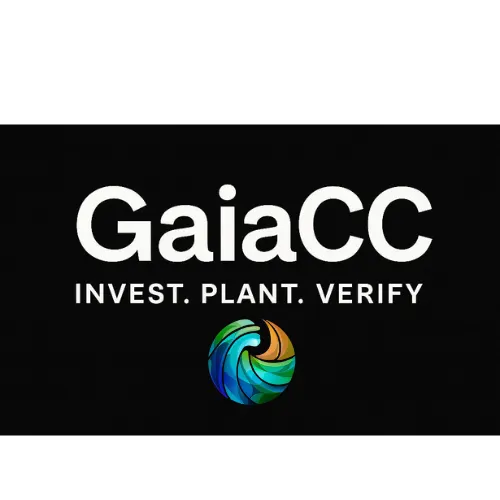"Measuring What Truly Matters."
GaiaCC tracks and verifies ecological and social outcomes so corporate partners can demonstrate real, nature-positive impact—not offsets, not promises, but measurable regeneration.
Every project is evaluated across three core pillars:
1. Biodiversity
Restoring living ecosystems is at the heart of our work.
We measure:
• Recovery of native species
• Habitat quality and connectivity
• Pollinator presence and ecological interactions
• Forest structure and vegetation diversity
• Improvements in soil biodiversity
Why it matters: Healthy biodiversity strengthens ecosystems against climate and economic shocks, supporting long-term resilience for communities and landscapes.
2. Carbon
We monitor nature’s ability to store and cycle carbon through regenerative land management and agroforestry systems.
We track:
• Soil organic carbon increases
• Above- and below-ground biomass
• Long-term carbon sequestration potential
• Land-use changes and deforestation avoidance
Why it matters: Carbon stored in living systems is durable, regenerative, and tied to broader ecosystem health—not just emissions accounting.
3. Community
Regeneration must benefit the people who protect and manage the land.
We evaluate:
• Income diversification for farmers
• Food security improvements
• Indigenous knowledge integration
• Community capacity building
• Local governance and project stewardship
Why it matters: Regenerative projects only last when local communities thrive. Our model is built around partnership, dignity, and shared value creation.
Transparent, Verifiable Impact
All impact metrics are supported by:
• Field data
• Remote sensing
• Soil and biodiversity sampling
• Community reporting
• Independent scientific review
Results are delivered through clear ESG reports aligned with: CSRD, GRI, TNFD, and ESRS frameworks.

